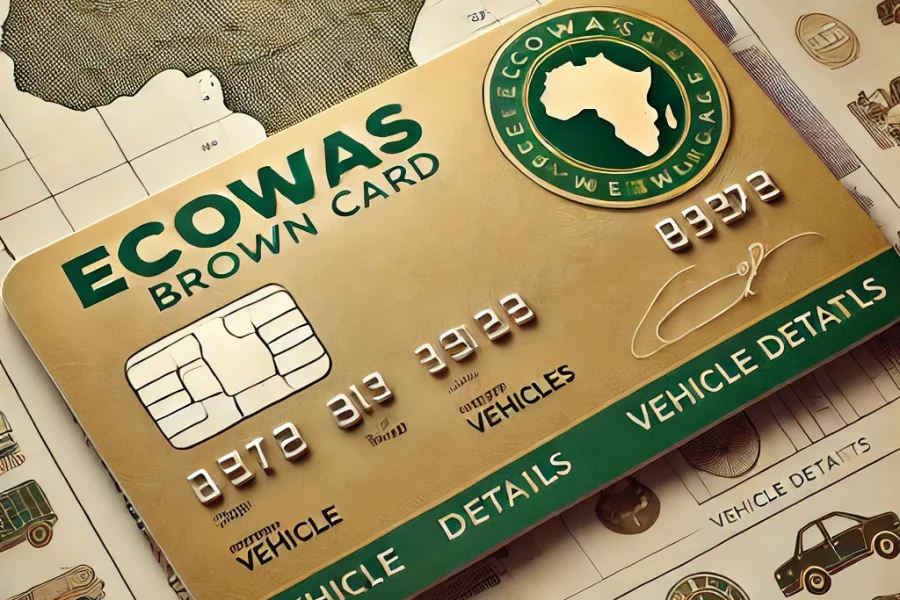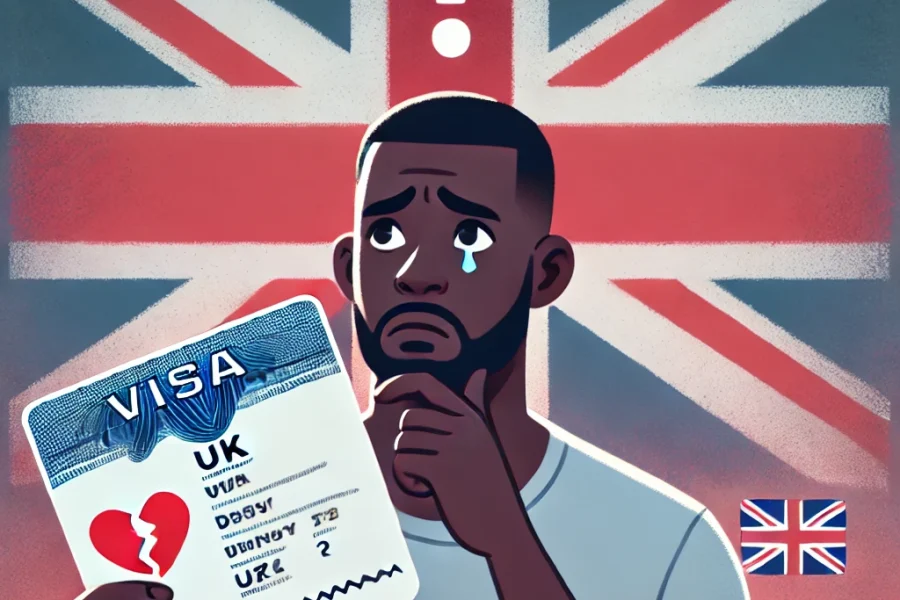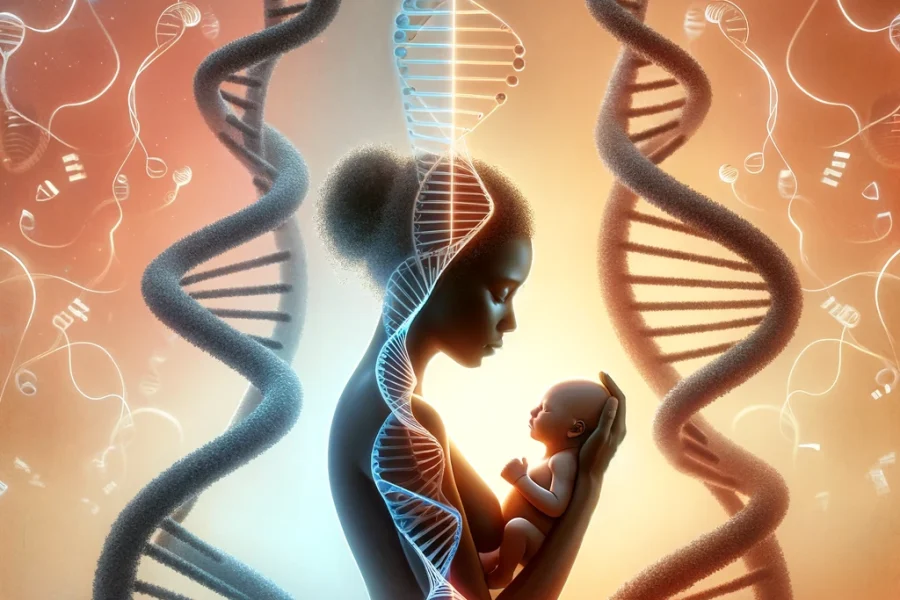[php_everywhere]
In the world of surrogacy and assisted reproduction, a question that often comes up among people who know someone involved in this field is: Does the baby share DNA with the surrogate mother? It’s a fascinating topic that delves into the science of how babies are conceived and born through surrogacy. There are two main types of surrogacy to consider: traditional and gestational
In traditional surrogacy, the surrogate mother uses her own egg, which is fertilized by the intended father’s sperm (or a sperm donor’s), making her the biological and genetic mother of the child she carries. This means, in traditional surrogacy, the baby does share DNA with the surrogate. However, gestational surrogacy works differently. In this arrangement, the surrogate (or gestational carrier) carries a baby conceived using an egg from another woman and sperm from the intended father or a sperm donor. This means the gestational surrogate has no genetic link to the baby she carries.
Another intriguing question is whether the baby will look like the surrogate. In gestational surrogacy, since there’s no genetic connection, any resemblance would be purely coincidental. But it’s worth mentioning that often include specific guidelines to prevent the surrogate from becoming pregnant with her own child during the process. There have been rare cases where surrogates did not follow these guidelines closely, resulting in pregnancies that were both their own and the intended parents’, as evidenced in a case involving a surrogate of Caucasian descent carrying for intended parents of Asian descent. The resulting birth of twins—one of Asian appearance and one Caucasian—underscored the possibility, however remote, of the surrogate’s own child being born alongside the child of the intended parents.
Ultimately, the genetic parents of a child born through surrogacy are the individuals who provide the egg and sperm, regardless of whether they are the intended parents or donors. This distinction is key to understanding modern surrogacy arrangements, which predominantly use eggs from someone other than the woman carrying the baby, ensuring no genetic connection between the surrogate and the child.
This topic showcases the blend of biology and technology in modern reproductive methods, highlighting the difference between sharing genetic material and simply carrying a baby for someone else. It’s a great example of how science can help fulfill the dream of parenthood for people who might not be able to have children on their own.
Disclaimer: The information you obtain from this article is not, nor is it intended to be, legal advice. You should consult a lawyer for advice regarding your individual situation. Contacting us or viewing this blog does not create lawyer-client relationship.










